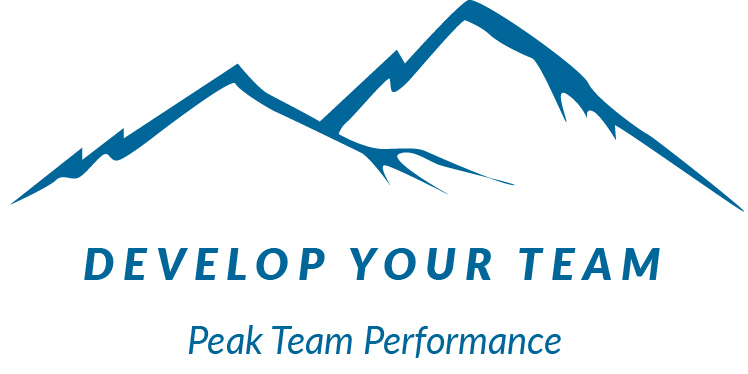 Just when things seem to be rolling along smoothly for you and your organization – BAM! Something changes. Regardless of your industry or the size of your organization, you can be assured that you and your team will face changes in the months and years ahead. We do not live in a static world and never have. Those that survive and thrive are those who can adapt to changes in their environment and circumstances and turn those changes into advantages.
Just when things seem to be rolling along smoothly for you and your organization – BAM! Something changes. Regardless of your industry or the size of your organization, you can be assured that you and your team will face changes in the months and years ahead. We do not live in a static world and never have. Those that survive and thrive are those who can adapt to changes in their environment and circumstances and turn those changes into advantages.
How does your team respond to change? What do top-performing teams do? Times of change often illuminate team characteristics that lead to success or failure. Several factors that influence the way a team functions, especially when dealing with changing circumstances, include:
- the level of trust team members have for one another
- how well team members communicate with each other
- whether or not each team member is personally aligned with and supportive of the organization’s mission.
Here’s an example that you may have encountered:
A key employee is called away suddenly to deal with a family emergency. How does the team respond to this change? Do they offer support for the employee during what may be a personally challenging time? How do they make decisions in order to fill the gap during the employee’s absence? Are the decisions based on a desire to achieve organizational goals, or is the focus more on individual achievement? Some team members may be tempted to “protect” their own resources in this type of situation. And while this may result in apparent success at an individual level in the short-term, the long-term and organizational outcomes can be incredibly limiting.
Think about any team sport, and those teams that have achieved the highest levels of success. Everyone contributes, right? Along with performing at a high level individually, team member’s support each other, raise each other’s spirits, offer encouragement when times get tough, give feedback for improvement, and help each other stay focused on the goal.
Navigating change successfully begins long before a change actually takes place. As a leader, how can you foster the kind of environment that will allow your team to consistently succeed under changing conditions? Here are five ways:
- Include as many voices as possible in looking for solutions.
- Clearly focus on the overarching purpose of the team and how to best achieve it.
- Communicate with transparency.
- Recognize and show that you value the achievements of the group as a whole.
- Foster a collaborative rather than competitive environment on a daily basis.
What would you add to this list?

Shari
I definitely agree that how a team manages change boils down first and foremost to trust–not just of teammates, but of management. When change occurs, how management communicates expectations and the trust they express in the team to rise to those challenges is paramount.